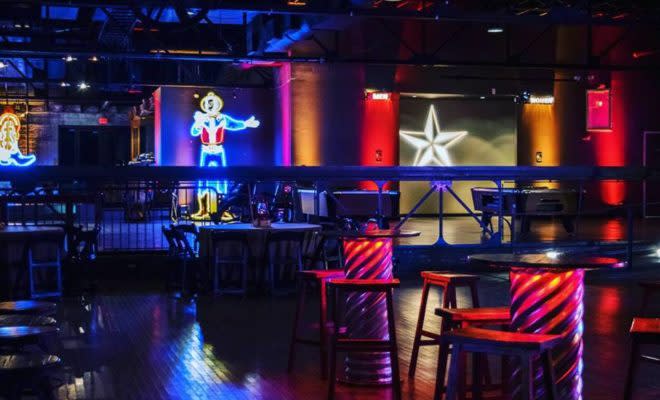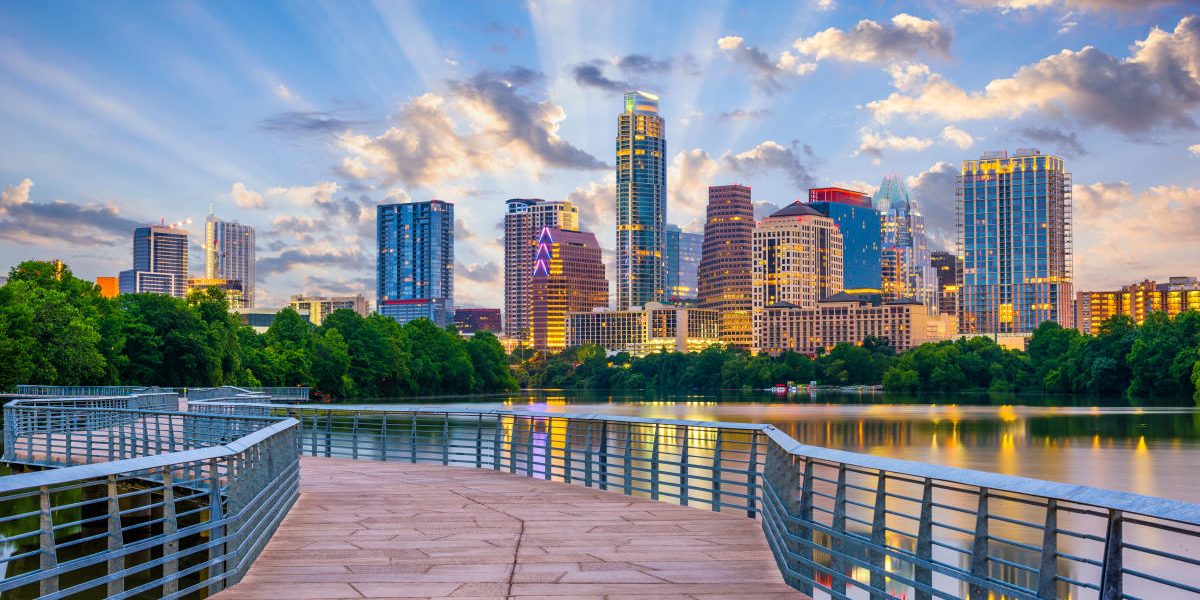A tour that honors music, art, food trucks, and everything else that delightfully weirds out this Texas capital city Austin. With the elegant architectural beauty of a Baroque cathedral, hundreds of rusty, abandoned bicycles tower above you as you arrive. It is not a dream, and the cathedral-like atmosphere is not an accident. Almost 60 tonnes of scrap steel were meticulously used to create this living sculpture in the garden of local artist Vince Hannemann’s house. He calls it as “The Cathedral of Junk,” a moniker that alluded to Austin’s vibrant creative community’s secret: anything goes as long as you don’t take yourself too seriously.
A Place for the Development of Art
“Austin, Texas is such a good place for fresh ideas,” says Dr. Joe, a lifelong Austinite who specializes in gospel fuzz. The style is a uniquely American fusion of rock and roll and church music. (And yes, the Cathedral of Junk has played gospel fuzz.) “Austin residents are receptive to your work. This is a fertile ground for artistic creation. They will encourage you to pursue it, whatever it may be. Dr. Joe also works on a side project called Hella Ivory. It involves refurbishing old pianos and installing them in public spaces like parks and offices. It’s a means of reviving a beautiful musical instrument and bringing people together.
The people adore its music. Icons like Janis Joplin, Stevie Ray Vaughan, and Gary Clark Jr. all were raised in Austin, Texas. In addition, it hosts the most renowned music events like SXSW and Austin City Limits, which attract visitors from all over the world to this amazing music center.
A Little Honky Tonk Was the Beginning of it all
However, the music scene could be summed up in one phrase long before the big festivals: Honky-tonk. In the raucous German beer halls of the city in the early twentieth century, the swinging, 2-stepping, screaming culture of Honky-Tonk was common. It refers to both the musical genre and the bars in the neighborhood, here you can hear such a genre. Honky-tonk soon established Austin as an enclave. It is a place where all types of people and music were welcomed. And Austin, Texas is still known for its immense beautiful nature today.

